Critical Reflection
- nmjcairns

- May 3, 2020
- 4 min read
Updated: May 10, 2020
At the beginning of the year, I focused on creating a product for those dealing with mental illness. By researching mental illnesses I narrowed down my idea to loneliness. As this is currently an epidemic, I thought it would be interesting to explore and take forward.
As I began to explore loneliness, I carried out surveys, gathering data and opinions to help aid the design process. While doing this I was also researching the epidemic to find out what is already in place. I decided to focus on designing for young people around university age. I started idea generation by sketching down ideas on how people can become connected and possible ways to make them feel more supported. I initially strayed away from physical making, focusing more on sketching ideas. This is something I would do differently, as I think it would have been more beneficial to have something people can interact with, so I could have gathered opinions and observe behaviour earlier in the project.
After Guru's day I started generating ideas based on ‘how might we’ questions, converting my key insights into problems that I could sketch solutions too. I was also told that I should make more physical prototypes, so I eventually prototyped some of my concepts to explore them further.
As semester one drew to a close I wanted to refresh my brief, I realised that using the word ‘loneliness’ made it much more restricting and less approachable. Realising that connection was the real theme of my project, I began focusing on creating a connection through conversation. Luckily, this still linked with my previous research. So, I was able to explore some of my previous design concepts, while also researching more into the conversation I wanted to create.
Realising that I could not cater to every location I decided to create the product for personal use. Learning people like to connect at home and observing cafes allowed me to discard design installations in public places. However, I still liked the idea of creative conversation, so I continued exploring a more abstract way of connection. I decided to create linked devices, one sender and one receiver, the sender is a mobile device and the receiver a display that requires to be plugged in. Allowing the sender to scan anything they want to share, making the colour communication more personal, which was a key aim of mine.
When DJCAD closed, I made myself a workspace at home. I took over the dining room table since I do not have a desk and started using the kitchen worktop as a workbench for cutting materials as well as for experimenting.
I had to change some of my making techniques, as I did not have access to a laser cutter or workshop. I had to cut and shape all materials by hand, cutting rough shapes, chipping away at wood and sanding, a lot of sanding. I tried different ways to cut acrylic at home, after some failed attempts and a minor injury, I decided to sand a small rectangle into the form I wanted (this took a while). I knew I wanted to use fabric within my project so, I began experimenting with it to figure out the best way to incorporate it into the products. I think making a compromise is usually a part of any design process and helps generate more creative ideas. This made me learn new ways of making things and got me to think about alternative solutions to making the devices since I could not make them exactly how I would have liked.
My main issue at the beginning of the project was that I was hesitant to think through making, I was unsure how to do this for the issue I was exploring but as time went on, I realised how important it was. It was extremely helpful when I was experimenting with different methods of creating physical devices. So, I started prototyping a lot more during semester two and more so while working from home.
Before social distancing began, I started to work on the technology, something that I typically over complicate. I took me several weeks to figure out how to get the Bluetooth element working, though I did persevere. The board I was using seemed to act temperamental (as I found out, I was not the only one struggling with it). So, I had to try working with it, in hopes I could get it to do what I envisioned. Ali had to help at times as certain things did not want to work together. I spent many days experimenting with the technology side of things trying and testing it. I possibly became too attached at this, spending long amounts of time trying to get it to work.
While working from home makes me feel less productive, regardless of the amount of work I do, I did find it helpful in a creative way. I tried new things and experiment more with the materials I had on hand. It also gave me a new narrative for how the product could be used, which was helpful. Not only this, but it also gave me more to reflect on. I feel like I carried out a solid amount of research that helped shape my project. I do wish I began making physical prototypes sooner, as it greatly helped the design process progress. This did help me learn that thinking through making is very helpful, especially when compromises have to be made. I would have liked to have pinned down my solution sooner, so it gave me more time to develop and test the concept. I am relieved that I managed to get elements working that I was unsure would work initially.




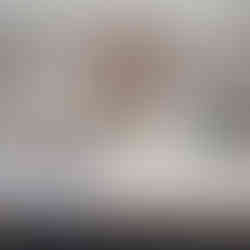


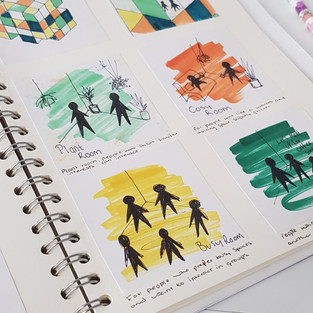



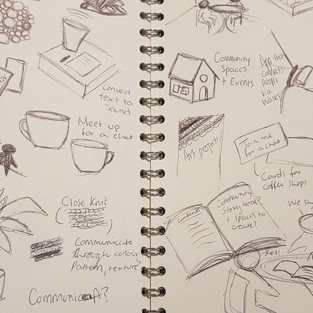



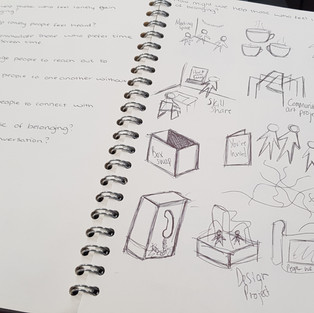
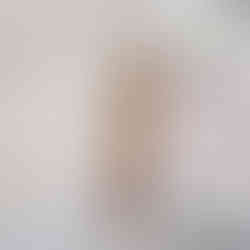


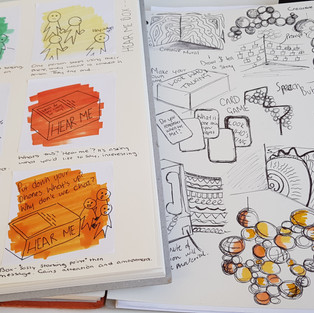
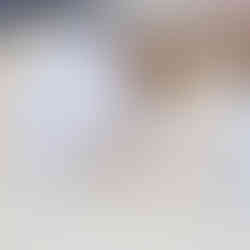








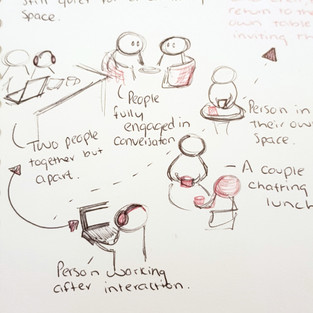





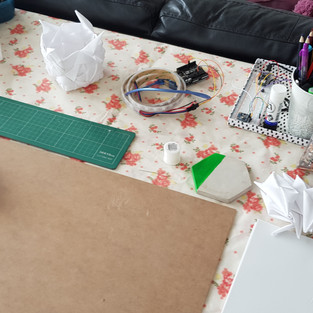


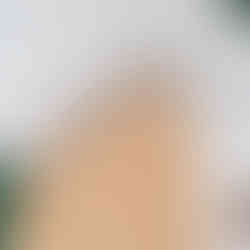


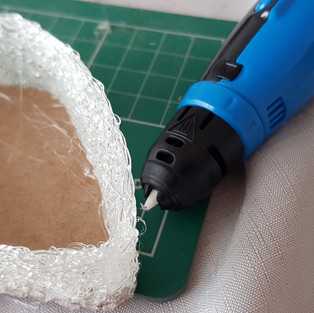
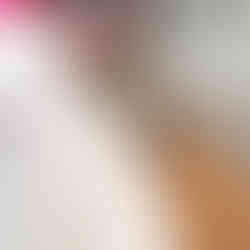










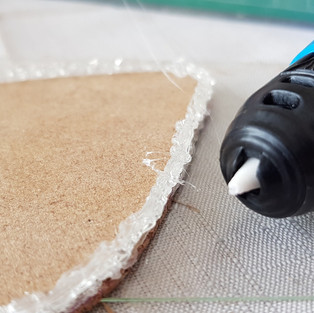

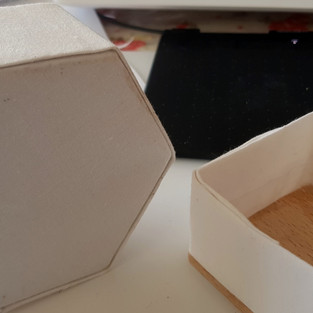



Comments